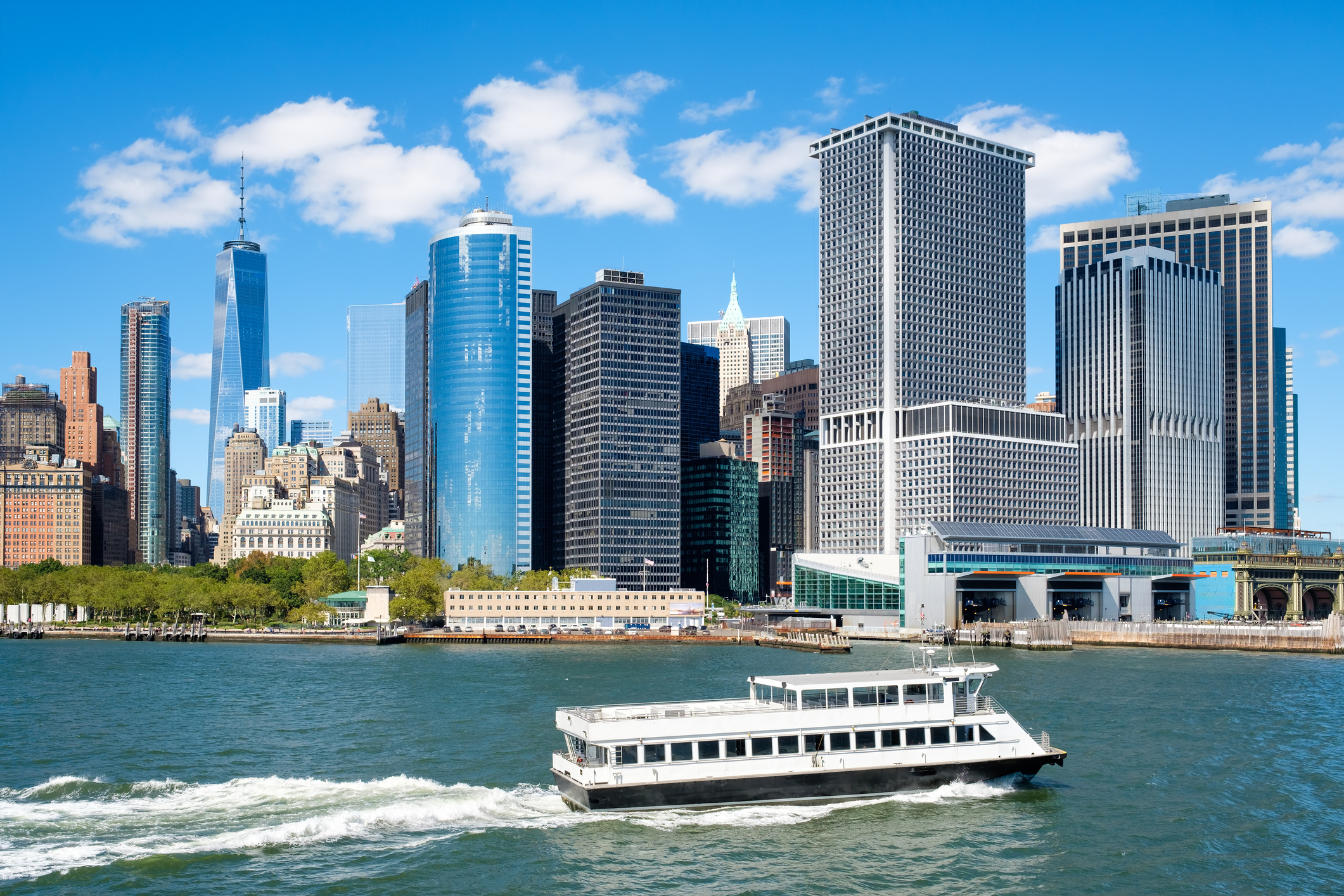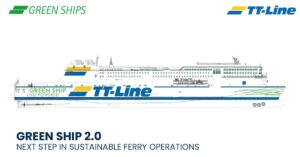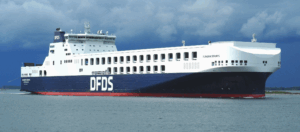In an effort to boost the nation’s ferry boat service, the U.S. Transportation Secretary Sean P. Duffy has unveiled a significant funding to 35 states.
Sean P. Duffy has announced $175m in funding under the Federal Highway Administration’s (FHWA) Ferry Boat Program (FBP) to 35 states, Puerto Rico, U.S. Virgin Islands and American Samoa, as per an announcement made earlier this week.
The allocation of funds will serve to enhance ferry operations across the country, fostering tourism, and bolstering local economies.
According to the official statement, the formula funding will improve ferry service and provide more cost-effective travel options for communities across the country that rely on ferries to get to work, promote tourism, and enable commerce.
The primary goal is to construct and operate ferry boats, alongside ferry terminals and ferry maintenance facilities for both ferry boats carrying cars and passengers and ferry boats carrying passengers only if the service is on a public route on which it is not feasible to build a bridge or tunnel.
“We make life easier when we make the transportation of people and products smoother,” said U.S. Transportation Secretary Sean P. Duffy. “In places like Alaska, our maritime highways are critical arteries for commuters and regional supply chains. From our skies to our roads, rail networks, and waterways, America is building again thanks to President Trump.”
The FBP supports a wide variety of states, from Alaska to the Great Lakes and the Gulf of America communities.
As detailed by the US department of transportation, the FHWA’s Ferry Boat Program serves to close “transportation gaps” by funding ferry boat projects that provide critical access to areas that lack other means of transport and where high passenger demand already exists.
The improvements made possible by this program can increase ridership and help relieve congestion on nearby highways.
The Federal-aid highway formula funds are distributed to ferry operators through State Departments of Transportation for the acquisition of ferry boats, capital improvements to existing ferry boat facilities, operational costs of ferry operators, and, if ferry operator eligibility requirements are met, for designing and constructing new ones along with acquiring right-of-way.



